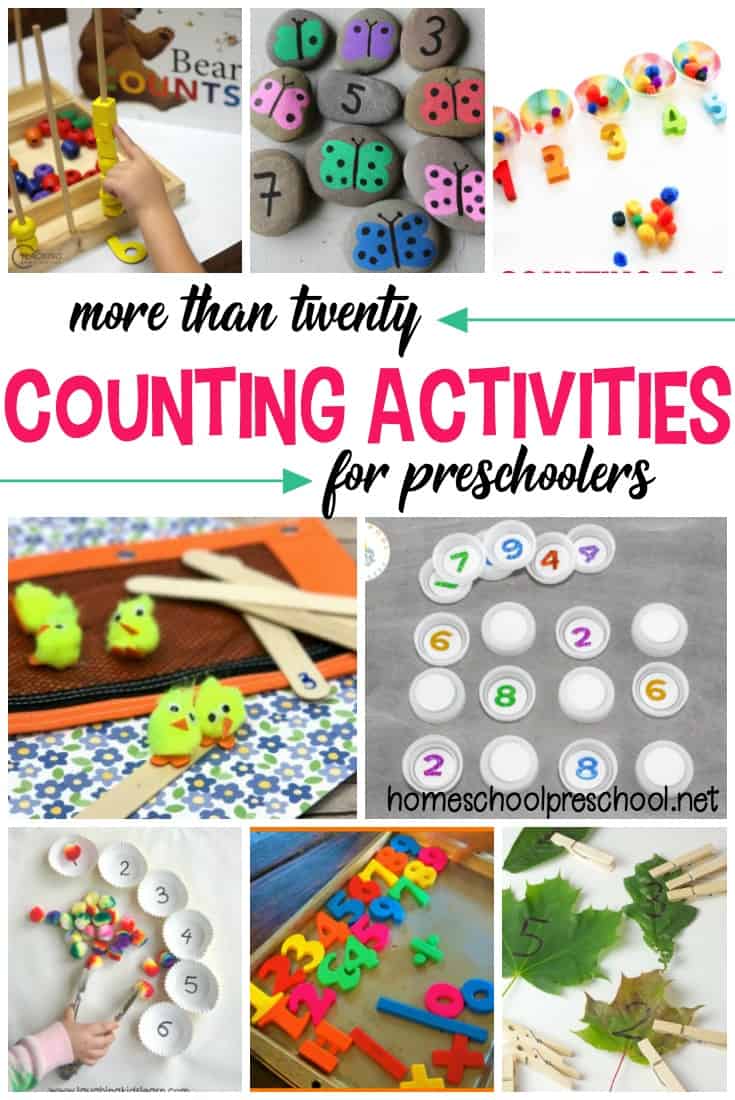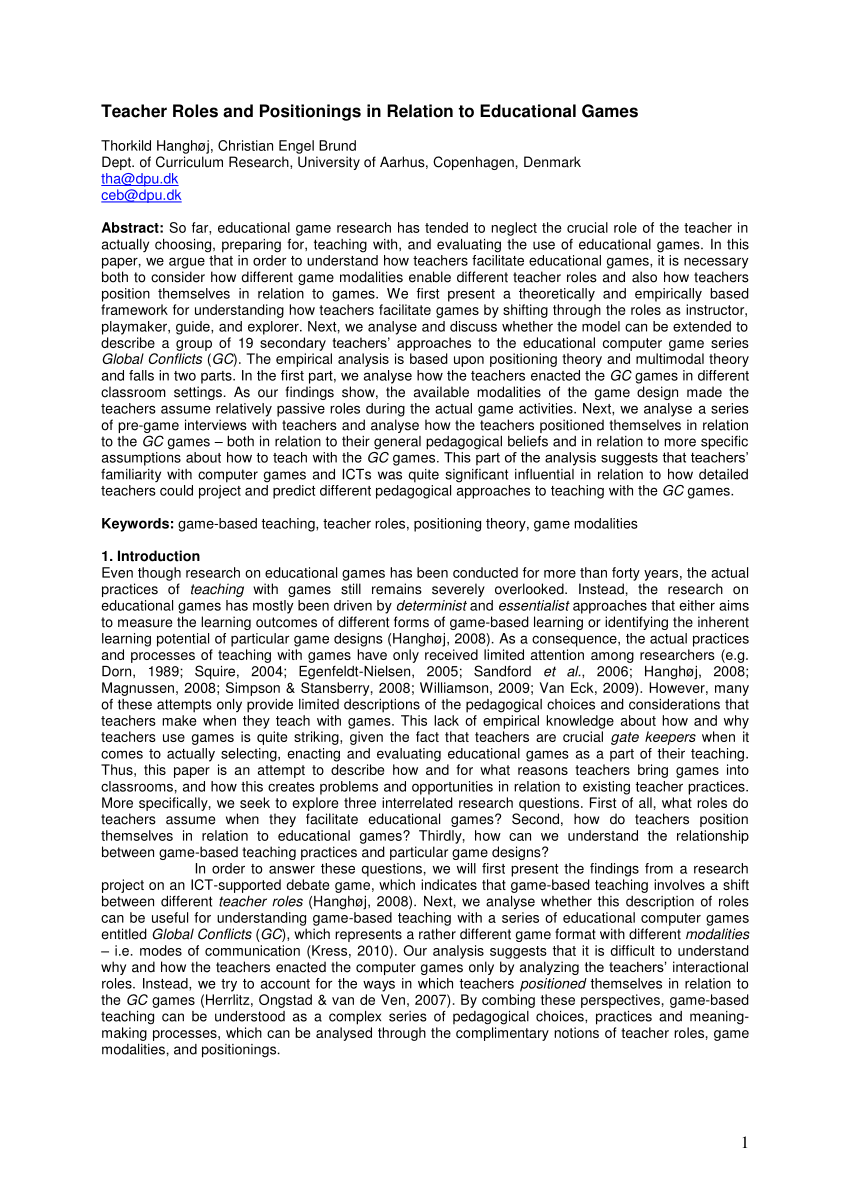
Kahoot, a tool that helps educators create short tests, quizzes and other learning activities, is called "Kahoot". Its simplicity and ability to measure student performance make it a great tool for gamification, social learning, and microlearning. Because it allows participants to compete for knowledge, it is particularly useful for short sessions. However, it's not recommended for complicated assessments or standardized testing.
Create polls. Surveys. Puzzles. Slideshows.
Kahoot software allows you to create surveys, quizzes or puzzles. You can either use the questions it has already created or make your own. A large collection of images and videos are available to you for use in your quizzes. Videos can be incorporated into presentations to create a personalized experience.
Quiz creator lets you create surveys and quizzes suitable for all grade levels. You can add multiple choice questions to the quizzes, gather feedback through polls, as well as images and videos that will motivate students. To keep track on students' progress, it is possible to download the analytics and reports as a spreadsheet. You can also share analytics reports with school administrators or other teachers.

Students should be included in the assessment process
Kahoot's ability to include large numbers of students in the assessment process has attracted much attention. The tool facilitates student participation by making feedback sessions more collaborative and interactive. Many researchers believe that student participation is crucial to meaningful learning. Kahoot is a tool that educators can use to increase student performance.
According to the study, students who participated in Kahoot formative assessment felt they had more knowledge. While the students' motivation to study for the tests did not increase, they felt that the experience helped them learn more. Kahoot also made learning more fun and engaging for students.
Encourage student participation
Kahoot's use in the classroom can increase student participation. You can use it for a range activities and assessments such as peer discussion or reflections. It can be used to assess student engagement, measure learning, and evaluate student engagement. Students who take online or hybrid classes will especially benefit from this tool.
Kahoot provides a useful review tool in a social sciences classroom. Future studies should focus on the impact of the game upon different learning styles and personality types. This could help to determine if gamification can improve student performance.

Improve learning performance
Using Kahoot as a classroom tool can improve student learning performance on several levels. This tool encourages active participation which is an essential part of classroom learning. This tool can be used in core education, special education and other extracurricular activities. It can also aid in improving students' social skills.
It also includes social media which allows students to share and create content. Participation in discussions can be based on correct responses and false ones. Teachers can make the quiz challenging but fun by using gamification principles. In addition, the tool includes a scoreboard, which displays the student's score, and a points system to encourage participation.
FAQ
What is a trade school?
People who are not able to succeed at traditional higher education institutions can earn a degree through trade schools. They offer career-focused programs designed to prepare students for specific careers. Students enrolling in these programs typically complete two years of coursework in a single semester and then enter into a paid apprenticeship program where they learn a job skill set and receive on-the-job training. Trade schools can be vocational schools, technical colleges or community colleges. Some trade schools also offer associate programs.
Are you able to teach early childhood education without going to college?
You can't, but it is worth considering going to college to get a degree in this field.
It is essential to understand that becoming a teacher takes hard work. There are lots of applicants who aren't accepted into programs each year. In addition, many people quit after just one semester of college.
A teacher must meet all requirements.
Should I be a specialist or branch out in one area?
Many students prefer to be a specialist in one subject (e.g. English, History or Math) rather than pursuing multiple subjects. But, you don't always have to specialize. If you're interested in becoming an internist or a surgeon, you have the option to choose either surgery or internal medicine. Or, you could choose to become a general practitioner specializing in pediatrics, family practice, gerontology, psychiatry, or neurology. A business career could include sales, finance and marketing. The choice is yours.
What is the difference in school and college?
Schools are often divided into classes or grades, with one teacher teaching a class of students. Colleges, which are often larger and offer more specialized classes, may also include university-level programs. Schools usually focus on basic subjects while colleges may offer a variety of subjects including arts, science, languages, business, etc. Both levels have a curriculum that prepares students for higher education.
How much does homeschooling cost?
Homeschooling does not require you to pay a set fee. Some families charge between $0-$20 per lesson. Some families offer services for free.
Homeschooling takes dedication and commitment. Parents must make time for their children.
Access to books, materials, and other learning aids is essential. Many homeschoolers need to access community programs and events to complement their curriculum.
Parents must consider the costs associated with transportation, tutors, and extracurricular activities.
Homeschoolers should also plan ahead for vacations, field trips, and special occasions.
Statistics
- Think of the rhetorical power of nineteenth-century abolitionist Harriet Beecher Stowe, Martin Luther King, Jr., or Occupy Wall Street activists with their rallying cry of “we are the 99 percent.” (bostonreview.net)
- Globally, in 2008, around 89% of children aged six to twelve were enrolled in primary education, and this proportion was rising. (en.wikipedia.org)
- In most developed countries, a high proportion of the population (up to 50%) now enters higher education at some time in their lives. (en.wikipedia.org)
- They are more likely to graduate high school (25%) and finish college (116%). (habitatbroward.org)
- And, within ten years of graduation, 44.1 percent of 1993 humanities graduates had written to public officials, compared to 30.1 percent of STEM majors. (bostonreview.net)
External Links
How To
What is vocational education?
Vocational Education prepares students for work by giving them skills that are required for a specific job, such as welding. You can also get on-the job training through apprenticeship programs. Vocational education is distinct from general education as it focuses more on training individuals for specific jobs than on learning broad knowledge that can be used in the future. Vocational training is not designed to prepare individuals for university but rather to assist them in finding jobs upon graduation.
Vocational education can be offered at any level of schooling: primary, secondary, college, university, technical institutes and trade schools. You can also find specialized schools such a culinary arts school, nursing school, law school, medical schools or dental schools. Many of these provide both academic instruction and practical experience.
Over recent decades, there have been significant investments made in vocational education by many countries, including Australia, Denmark (Finland), Germany, Ireland and Japan. The effectiveness of vocational education is still controversial. Some critics claim it is not effective in improving students' employability. Others argue that it helps them prepare for life after school.
The U.S. Bureau of Labor Statistics has estimated that 47% of American adults hold a postsecondary certificate or degree related to their current occupation. This number is higher for those with higher education. 71% of 25-29-year-olds have a bachelor's or higher degree and are employed in areas that require postsecondary credentials.
The BLS reported that almost half the adult population of the country had at least one form of postsecondary credential as of 2012. A third of Americans have a two-year associate's degree and 10% hold a four year bachelor's degree. One in five Americans holds a master’s degree or doctorate.
For those with a bachelor’s degree, the median annual income was $50,000. This is compared to $23,800 if you don't have one. The median wage for advanced degrees holders was $81,300.
The median wage for those who didn't complete high school was $15,200. The median annual income for those with less than a high-school diploma was $13,000